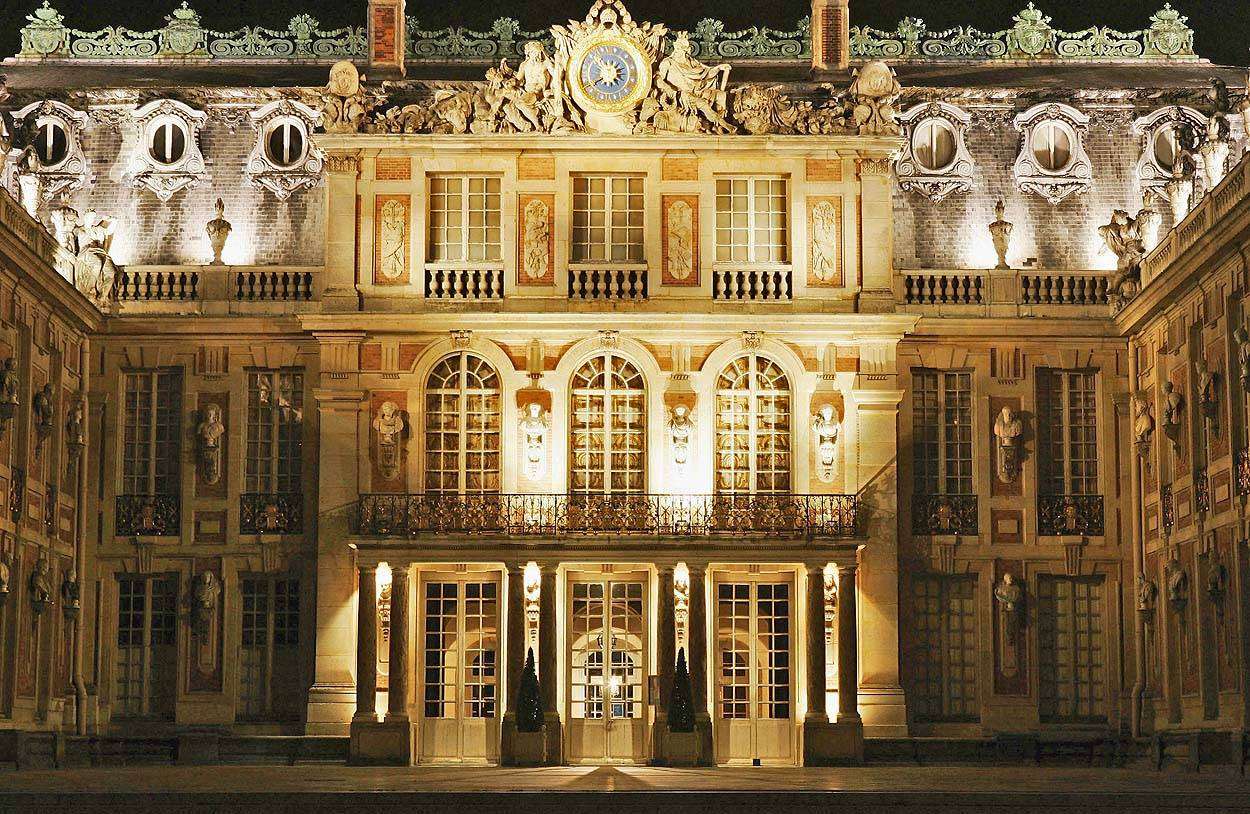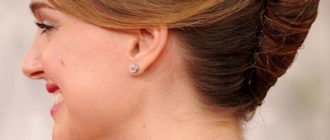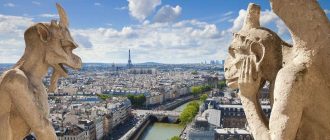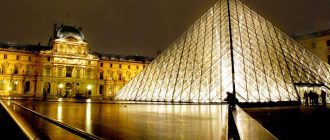Are you interested in French Baroque, Rococo or Neoclassic architecture? Perhaps you’d like to see some of this architecture first hand on your next holiday to France? On this page we’ve put together useful facts & information to give you an insi
Baroque was the predominant style of architecture in France from between the 16th and 18th centuries. Originally conceived in Italy, Baroque was made popular in France under the reign of King Louis VIII of France. Baroque architecture in France is best characterized as a combination of classical architecture drawing on Roman influences with sculptures and painting included for ornamentation. Baroque architecture in France placed a heavy emphasis on the decoration of interiors, the elegance of which can still be seen in some buildings in France today.
The Luxemburg Palace, built in 1615, is probably one of the best examples of French Baroque architecture that still stands today. Also the Classical Wing of the famous Chateux Du Blois is built in the French Baroque style. But perhaps the most famous of all is the Palace of Versailles built in 1682 by King Louis XIV of France.
Rococo Architecture in France
Rococo architecture in France, which is renowned for its exquisite decorations and ornamentations, was never able to make much of an impact in terms of French public life, which means that unfortunately there are very few major landmarks or buildings in France that can be described as good examples of Rococo. Rococo is believed to be an amalgamation of French and Italian styles (hence the Italian sounding name) that became popular in France for a while between the eras of Baroque and Neoclassicism.
Rococo was, by and large confined to private homes of the wealthy who decorated their interiors with ornate furniture, sculptures, ornamental mirrors and wall paintings.One interesting example of Rococo architecture in France is the Oval Rooms to be found in the National Archives Building in Paris.





